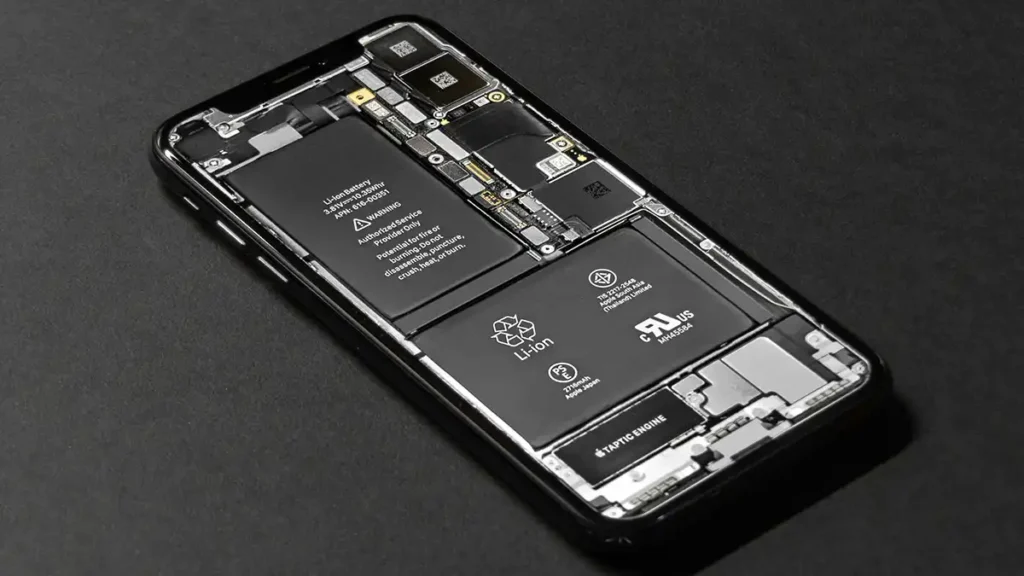
Have you noticed the latest launch from OnePlus? The OnePlus 13 is slimmer and lighter than its predecessor, the OnePlus 12. Yet, it packs a larger battery, boasting a 6000mAh capacity compared to the OnePlus 12’s 5400mAh. The same trend is evident with the Oppo Find X8, which outdoes the Oppo Find X7 in battery capacity while maintaining a sleek profile.
Have you ever wondered how this is possible? What new technology is powering these advancements in smartphones?
The answer lies in Silicon Carbide Technology.
What is Silicon Carbide Technology?
This breakthrough involves a specialized type of lithium-ion battery. Compared to traditional lithium-ion batteries, Silicon Carbide Technology can store up to 10 times more lithium ions. This means batteries utilizing this technology have significantly higher energy density, allowing them to pack more power into the same physical size.
Here’s how it makes a difference:
- Higher Energy Density: A Silicon Carbide battery of the same size as a lithium-ion battery provides much more capacity.
- Improved Efficiency: These batteries are more energy-efficient, offering up to 240% more capacity even at lower voltages.
- Faster Charging: They support higher charging rates, reducing the time needed to power up your device.
However, it is more expensive than traditional lithium-ion batteries so the devices that utilize this technology will have a higher price.
Why Are Brands Adopting This Technology?
Thanks to Silicon Carbide Technology, smartphones like the OnePlus 13 and Oppo Find X8 are slimmer and house larger battery capacities. This innovation combines a sleek design with extended battery life, catering to consumer demands for lightweight devices with longer usage times.
Honor Magic 5 Pro was the first to introduce this revolutionary battery technology, and more brands are expected to follow suit. With higher energy density and improved efficiency, Silicon Carbide Technology is set to redefine the future of smartphone batteries.
